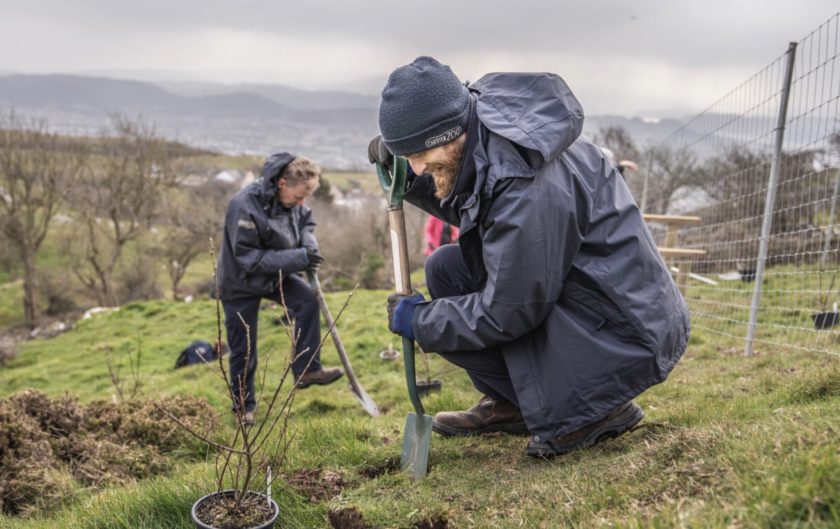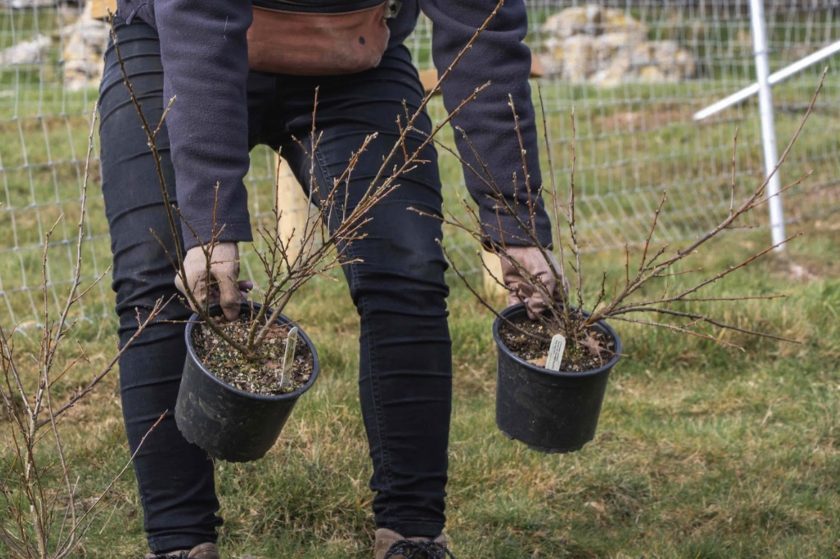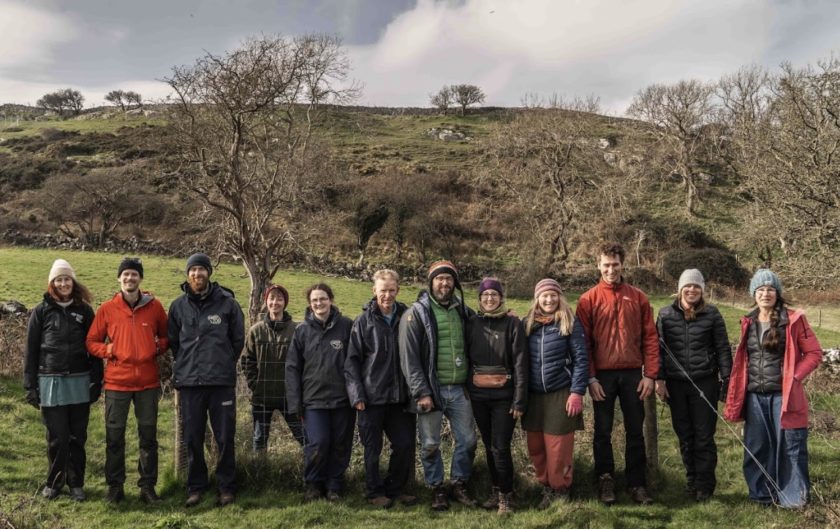Chester Zoo reintroduces one of world’s rarest plants into mystery Welsh location to help save it from extinction

After a decade of conservation efforts, one of the rarest plants in the world has just been reintroduced to a secret site in Wales.
Cotoneaster cambricus is a critically endangered species that is found nowhere else on the planet other than exposed, isolated cliff faces in North Wales.
To help bolster the wild population, 30 individual C. cambricus plants were recently planted in a mystery location by a specialist team from Chester Zoo, Treborth Botanic Garden, Natural Resources Wales, Conwy County Borough Council, National Botanic Garden of Wales, Wildlife Trust, Plantlife, Fossil Plants, and National Trust.
Chester Zoo’s nursery team has been cultivating the plants at the zoo for several years in preparation for the reintroduction.
Richard Hewitt, Nursery Team Manager at the zoo, said:
“This is an incredibly proud moment for myself and the nursery team here at Chester Zoo. Our team has nurtured these plants from seedlings and to see them, several years later, finally be returned to the wild and provide hope for this species is a remarkable feeling.

“We’re thrilled to be part of this crucial, collaborative effort to help restore Cotoneaster cambricus as it’s one of the world’s rarest plants and is right on our doorstep in North Wales. It shows what we can achieve for biodiversity here in the UK when we work collaboratively and with ambition.”
This botanical treasure was once widespread across the area in the 18th Century, but their numbers dropped to just six individual plants because of overcollection for their ornamental beauty.
Sadly, the shrubs are not regenerating naturally as grazing animals, such as sheep, goats, and rabbits, prevent any seedlings from growing properly and reduce the size and flowering of older plants.
The team provided the 30 newly planted individuals with varying protection measures to help assess what is needed to effectively shield these plants from grazers in the future. Their work builds on 40 years of previous conservation efforts to preserve this species.

Rosie Kressman, Senior Horticultural Technician at Bangor University’s Treborth Botanic Garden, said:
‘The planting of 30 Cotoneaster cambricus earlier this month is the culmination of seven years’ work between a large group of partner organisations to collect seed, trial germination techniques and to create the right conditions for the plants to be reintroduced into their original habitat.
This collaborative effort builds on many decades of work undertaken by botanists and conservationists, beginning with botanist Morris Morris in the 1980s and continued by local volunteer Tom Parry and BSBI’s Wendy McCarthy, with the support of Conwy County Borough Council and Countryside Council for Wales / Natural Resources Wales.
We are delighted that Bangor University staff and students now join this inspirational effort to conserve this unique and precious species through research and practical action and are optimistic that its numbers will continue to increase as a result of everyone’s efforts.’
This collaborative group of partners has helped to increase the number of plants in the wild from six to around 110 individuals, giving this near extinct species the boost it needs to help ensure its long-term survival.

The reintroduction of Cotoneaster cambricus is the latest in the zoo’s long-running conservation efforts to protect some of the most precious species in Wales. The zoo has previously hatched and helped to return rare sand lizards, one of the most endangered reptiles in Britain, to coastal areas in North Wales; worked to help reverse the decline of pine martens in mid-Wales; is part of rescue efforts for a rare aquatic species known as the scarce yellow sally stonefly, which is only found in the River Dee; and for more than a decade has been carrying out vital research on the hazel dormouse in Denbighshire.
In celebration of these conservation successes in the country, the zoo has planned a special ‘Wales Week’ (22-28 March). For the first time, the zoo will be hosting a dual language activity trail designed inclusively for Welsh-speaking visitors, while the zoo has secured an exclusive offer for families travelling via Transport for Wales. Full details can be found at https://www.chesterzoo.org/wales/
Spotted something? Got a story? Email: [email protected]
Latest News
